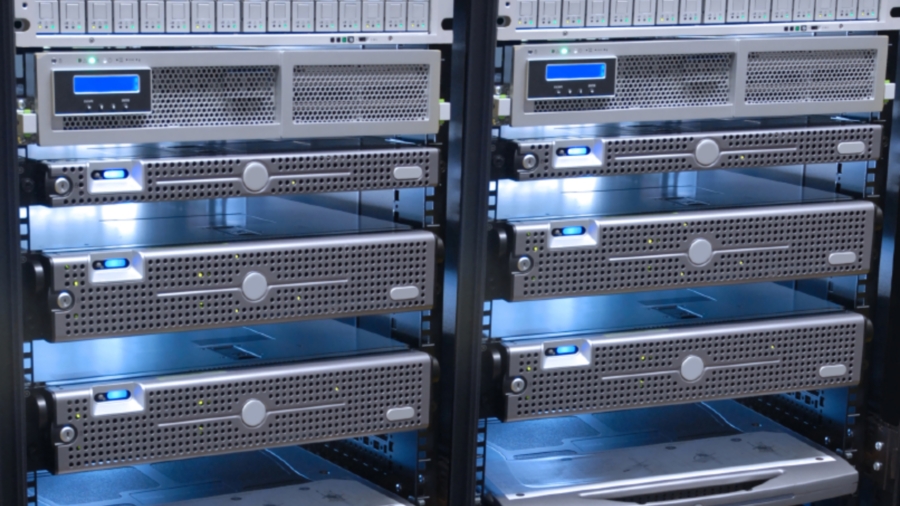Solid state drives in a server
Is this the memory platform for future server storage?

As businesses wrestle with the masses of data that flows into their enterprises, traditional storage platforms are being pushed to their limits.
Over the past few years' solid state storage devices (SSD) have continued to appear on consumer devices, but increasingly, servers will also use SSD so that storage performance can keep pace with the development of server processors – something with which traditional hard disk drives (HDDs) are struggling.
IT managers may have already considered SSD as a storage alternative to traditional hard disk drives. Also, the performance of traditional hard drives has reached a plateau, which is proving to be a headache for businesses that need to stay competitive with their data management systems.
At the moment a wholesale move to SSD is not a realistic possibility for most companies because of the high cost of deployment. However, for specific workloads such as customer facing e-commerce stores, where speed of data access is critical, SSD on those severs could be justified.
In addition, SSDs deliver ultra‐high performance input/output operations per second, and very low latency for transaction‐intensive server and storage applications. Properly used in systems with HDDs, they reduce total cost of ownership through low power consumption and low operating temperatures.
Although the technology is still developing, SSDs in servers are available; for example, the Intel 320 series of SSDs that are compatible with the Dell PowerEdge server range.
An Intel brief on their 320 SSD states: "Solid state drives are available with different levels of performance and endurance capabilities. (Endurance is the amount of write operations the SSD is capable of sustaining over its life and is specified as Total Terabytes Written (Total TBW) or total drive writes per day). Different implementations of controller, firmware and NAND Flash memory technology (which does not require power to retain data) lead to a variety of performance and endurance levels."
Are you a pro? Subscribe to our newsletter
Sign up to the TechRadar Pro newsletter to get all the top news, opinion, features and guidance your business needs to succeed!
Dell has compared HDD with SSDs and concluded: "Customers should take both performance and the price/performance ratios into consideration when deciding between SSDs and HDDs.
"SSDs offer significant benefits for specific workloads. However, if your workloads do not require high performance, or have a higher than 10% write duty cycle and are not tierable (mixing SSDs and HDD together), an investment in SSDs may not be cost-effective.
"While your system may perform well, it could be over-provisioned and under-utilised for what the applications can leverage."
Should your business consider using SSDs with its servers? The answer will entirely depend on how the server using the SSD will be used.
Unlike HDDs, SSDs must be carefully matched to the data traffic on the server, and more importantly, the level of read/write activity that the SSD will have to handle.